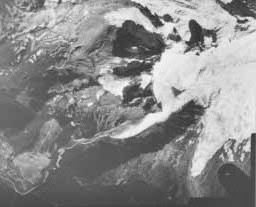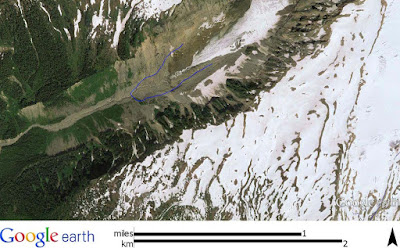Lummi Island and Lummi Peak
I did some work on this project: lummi-island-quarry-site-to-be-protected. The Lummi Island Heritage Trust and the committee they assembled to look into this complicated deal was a great group to work with. My role was to assess the quarry mine, aggregate and quarry rock markets with a particular review of market conditions both current and future for shipment via barge. I also evaluated policy and politics of permitting the mine expansion. I was glad to be able to contribute to figuring out this unique project. The best part of the project was that it required a lot of other unique skill sets and it was a great learning experience for me to work with the group that contributed to figuring this unique project out.
The decision making process could not have been easy for all the parties involved. I completed my work on this almost two years ago. Lots of hard complicated stuff for the Lummi Island Heritage Trust to work through, but also for the board and parties that owned the land.

















































